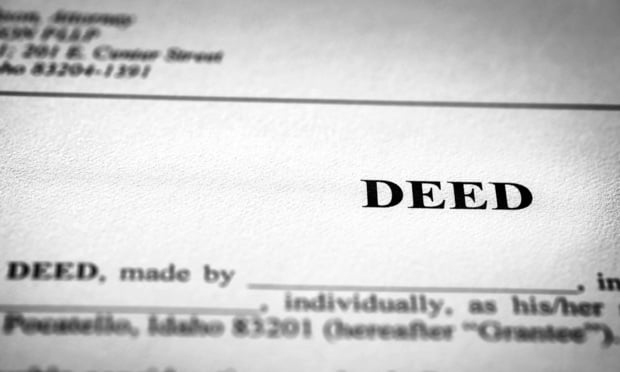Law.com Subscribers SAVE 30%
Call 855-808-4530 or email [email protected] to receive your discount on a new subscription.
The Updated FCPA Resource Guide
In July of this year, the Department of Justice and the SEC released their first comprehensive update to the original FCPA Resource Guide published in 2012 (the "original guide"). Much of the new version (the "Resource Guide" or the "Guide") is the same as the old one and many of the new sections essentially borrow from other DOJ and SEC guidances and pronouncements that have been issued since 2012. But this second edition also contains some new "hypotheticals" — facts of actual cases the DOJ finds important enough to focus on — and, in keeping true to its name, has included additional resources and links for chief compliance officers looking to design and audit their companies' anticorruption compliance programs. And for those of you who think that in the age of COVID, FCPA enforcement is dead, having been replaced by investigations of companies fraudulently touting cures and vaccines, one only has to look so far as public company SEC filings and the DOJ's website announcing large FCPA settlements to know this is no time for companies to relax their vigilance.
As noted above, the Resource Guide incorporates guidances and the like that have been issued by the DOJ since 2012. Among them are the FCPA Corporate Enforcement Policy, the Criminal Division's Evaluation of Corporate Compliance Programs, and the updated Principles of Federal Prosecution of Business Organizations, all three of which put a premium on a company's compliance program. Some insight into DOJ's priorities can be gleaned from which sections of those prior pronouncements DOJ decided to include in the Guide and which it did not. For example, the Resource Guide specifically reiterates the possibility of receiving a declination from the DOJ when Company A acquires Company B, the latter with clear violations of the FCPA, because the acquirer, among other things, has its own robust compliance program in place and put it in place at Company B "as quickly as practicable." See, Resource Guide at 29, 31 and 50.
Similarly, the Guide reminds the reader that the DOJ, when considering whether to charge a company, will consider not just whether the company had a compliance program in place at the time of the violation but will also give credit to a company that may not have had one at the time of the violation but had one at the time of the charging decision and/or resolution.
This premium content is locked for Entertainment Law & Finance subscribers only
ENJOY UNLIMITED ACCESS TO THE SINGLE SOURCE OF OBJECTIVE LEGAL ANALYSIS, PRACTICAL INSIGHTS, AND NEWS IN ENTERTAINMENT LAW.
- Stay current on the latest information, rulings, regulations, and trends
- Includes practical, must-have information on copyrights, royalties, AI, and more
- Tap into expert guidance from top entertainment lawyers and experts
Already a have an account? Sign In Now Log In Now
For enterprise-wide or corporate acess, please contact Customer Service at [email protected] or 877-256-2473

Major Differences In UK, U.S. Copyright Laws
This article highlights how copyright law in the United Kingdom differs from U.S. copyright law, and points out differences that may be crucial to entertainment and media businesses familiar with U.S law that are interested in operating in the United Kingdom or under UK law. The article also briefly addresses contrasts in UK and U.S. trademark law.

The Article 8 Opt In
The Article 8 opt-in election adds an additional layer of complexity to the already labyrinthine rules governing perfection of security interests under the UCC. A lender that is unaware of the nuances created by the opt in (may find its security interest vulnerable to being primed by another party that has taken steps to perfect in a superior manner under the circumstances.

Strategy vs. Tactics: Two Sides of a Difficult Coin
With each successive large-scale cyber attack, it is slowly becoming clear that ransomware attacks are targeting the critical infrastructure of the most powerful country on the planet. Understanding the strategy, and tactics of our opponents, as well as the strategy and the tactics we implement as a response are vital to victory.

Legal Possession: What Does It Mean?
Possession of real property is a matter of physical fact. Having the right or legal entitlement to possession is not "possession," possession is "the fact of having or holding property in one's power." That power means having physical dominion and control over the property.

The Stranger to the Deed Rule
In 1987, a unanimous Court of Appeals reaffirmed the vitality of the "stranger to the deed" rule, which holds that if a grantor executes a deed to a grantee purporting to create an easement in a third party, the easement is invalid. Daniello v. Wagner, decided by the Second Department on November 29th, makes it clear that not all grantors (or their lawyers) have received the Court of Appeals' message, suggesting that the rule needs re-examination.

